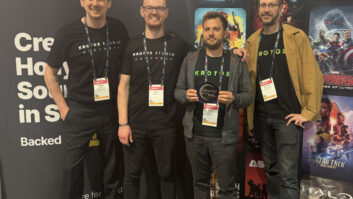Is Amazon.com approaching the end of its run of gobbling up market share in consumer electronics? Sure looks that way when you dig into their online sales.
While Amazon still dominates the Top 25 CE etailing space with 44 percent of the online market, up from 41 percent the year prior, those increases in share are coming at much higher costs.
Looking at their ratio of North American marginal costs to marginal revenue for the past three years shows that Amazon has been paying a higher price each year for that extra $1 in net sales. In fact, this ratio goes from $0.92 for each incremental dollar in sales to over $0.98 in just three years.
Combine that with the absence of a price gap in the CE market between online average selling prices (ASPs) and brick-and-mortar ASPs – a first since we began tracking online sales –and you begin to see why the Pac-Man of market share is slowing down.
My approach uses overall North American financials as a proxy for Amazon’s CE segment, but this does tie to what is seen in the rest of the industry. That is, strong omni-channel strategies by retailers and vendors have blunted Amazon’s efforts to gain more share of the CE retail market.
Further evidence of this trend is seen by the leveling off of online sales as a percentage of total CE sales for the Big Five brick-and-mortar retailers on our list. Apple, Best Buy, Walmart, Costco and Target all have developed omni-channel strategies and their combined shares of online to total sales have been level for the past two years. These cohesive strategies have demonstrated the importance of physical stores and how effectively retailers can meet the needs of consumers who seek both an online presence and showrooms to shop.
What is Amazon left to do? Perhaps they should consider opening some stores? Oh wait …
Bob Tancula is research VP at The Stevenson Company, a leading market research and analysis firm and TWICE research partner.













